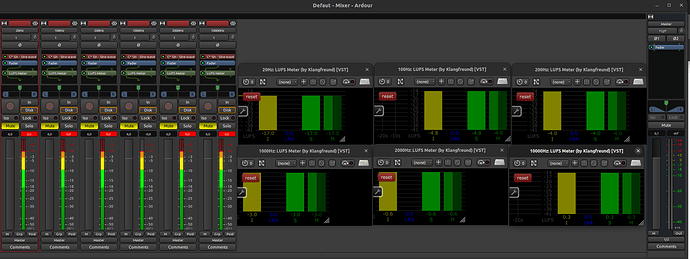Why monitoring peak:
In the days of analog audio, equipment was much more tolerant of amplitude peaks.
If the maximal levels were exceeded, this would cause signal distortion, which is not necessarily unpleasant (if you like AC/DC or tube amps)
Additionally, many professional audio equipment had input tolerances well above the maximum level of broadcast standards, which also differed by country: https://en.wikipedia.org/wiki/Peak_programme_meter
Another example of this is magnetic tape, which in a way behaves like a compressor:
https://fr.wikipedia.org/wiki/Hyst%C3%A9r%C3%A9sis_magn%C3%A9tique#/media/Fichier:Power_Transformer_Over-Excitation.gif
With digital audio, exceeding the maximum level is catastrophic. This is why it is necessary to monitor peaks.
Why True peak:
In digital audio, the peak will give you the maximum value of the amplitude before analog conversion. But the problem is that when converting to analog, an analog signal will be created and potentially have higher peak values. Hence the need to calculate the True Peak even approximately.
Why LUFS
The sound level sensations perceived with your ears are different depending on the frequencies and acoustic power levels:
https://en.wikipedia.org/wiki/Loudness#/media/File:Lindos1.svg
This is why it is recommended to set a reference level for your monitoring speakers. And to have several monitoring speakers (a small system and a large one).
I don’t use LUFS but I understand it as a measurement system which does not calculate the average of the signal in the entire bandwidth but by decomposing the signal into different frequency bands, to calculate the average values by bands, weights everything according to the ear response curve.
You can easily do this test with Ardour and a frequency generator.
You can see that the dbFS level of ardor is at 0dBFS for these signals (20Hz, 100Hz, 200Hz, 1000Hz, 2000Hz, 10000Hz), but that depending on the frequency the LUFS level is different. If you listen to the tracks one by one you can feel a different level sensation.

